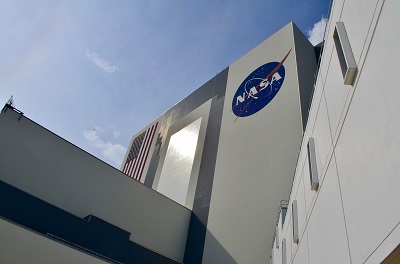Washington, (Asian independent) NASA has postponed its Psyche mission, aimed at exploring a metal-rich asteroid of the same name, orbiting the Sun between Mars and Jupiter, to October 12, the US space agency said.
It was previously scheduled to launch atop a SpaceX Falcon Heavy rocket from NASA’s Kennedy Space Center (KSC) in Florida on October 5.
“The change allows the NASA team to complete verifications of the parameters used to control the Psyche spacecraft’s nitrogen cold gas thrusters,” the agency said in a statement.
“These thrusters are used to point the vehicle in support of science, power, thermal and other demands, such as spacecraft orientation and momentum management,” it added.
The parameters were recently adjusted in response to updated, warmer temperature predictions for these thrusters.
Operating the thrusters within temperature limits is essential to ensure the long-term health of the units, the team officials said.
The verification activities involve rerunning simulations and fine-tuning adjustments as required to the flight parameters and procedures.
NASA, SpaceX, and Psyche mission managers met on September 28, to conduct a Flight Readiness Review (FRR) at Kennedy Space Center in Florida.
During the FRR, teams provided an update on the mission status, and certified the readiness to initiate final launch preparation activities including a static fire test on September 29.
Psyche has launch opportunities every day between October 12 and 25, NASA said.
The mission may help scientists understand more about how planets form.
After escaping Earth’s gravity, Psyche will use solar electric propulsion to accomplish its six-year journey to the asteroid.
The efficient propulsion system works by accelerating and expelling charged atoms, or ions, of the neutral gas xenon — creating a thrust that gently propels the spacecraft with a force akin to what you’d feel holding a single AA battery in your hand.
Measuring roughly 279 kilometres at its widest point, the asteroid Psyche presents a unique opportunity to explore a metal-rich body that may be part of a core of a planetesimal, the building block of an early planet.
Once the spacecraft reaches Psyche in the main asteroid belt between Mars and Jupiter, it will spend about 26 months orbiting the asteroid, gathering images and other data that will tell scientists more about its history and what it is made of.








